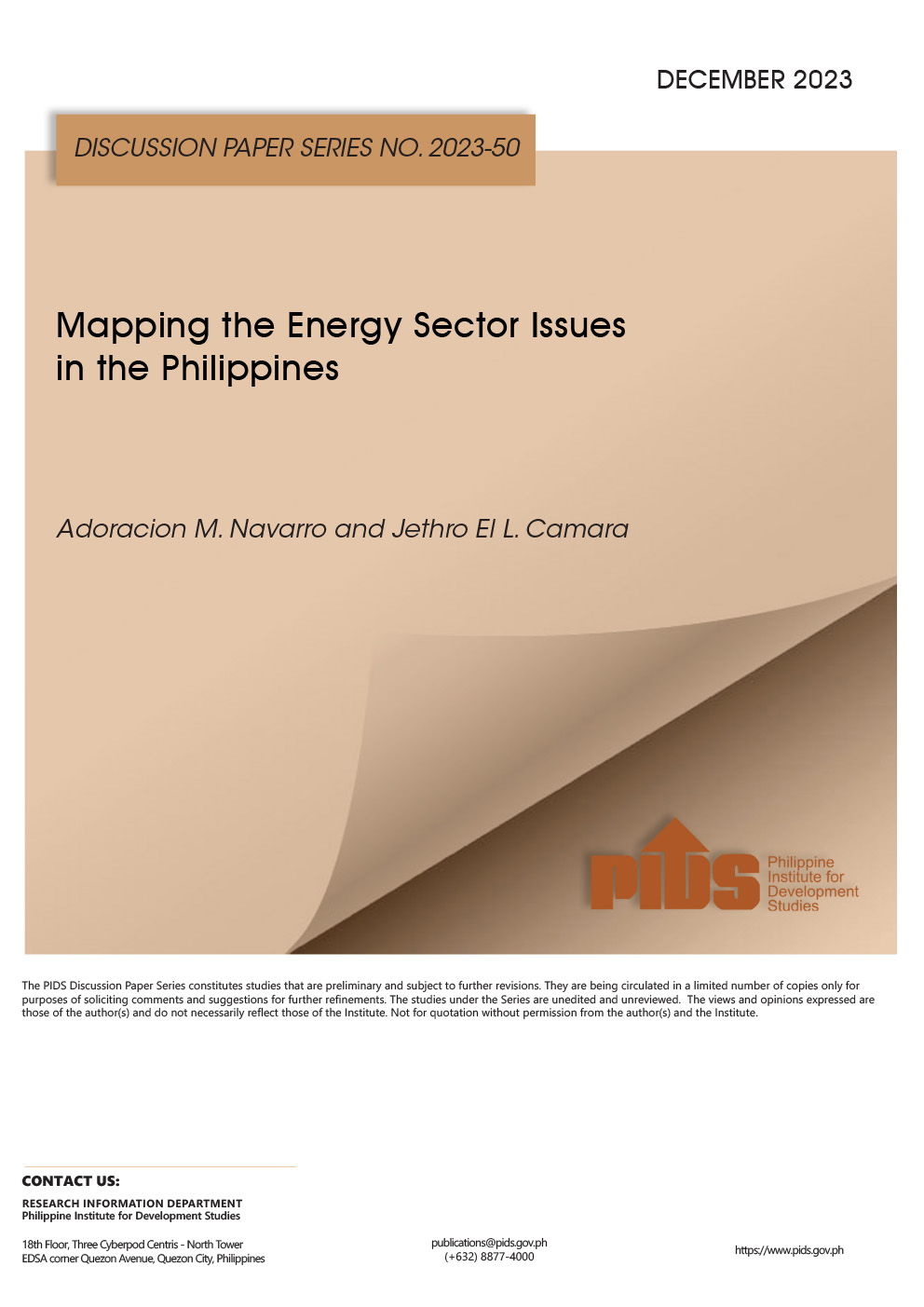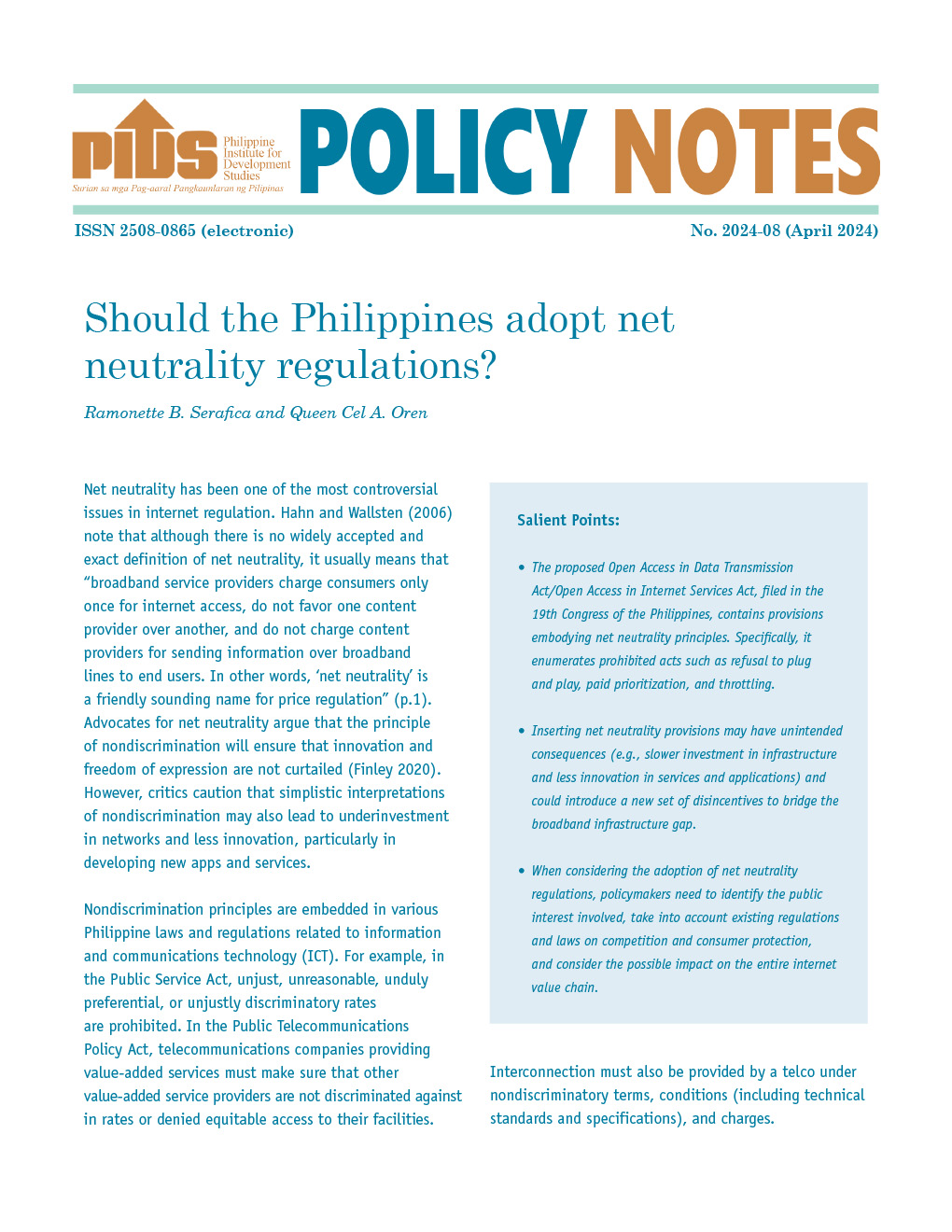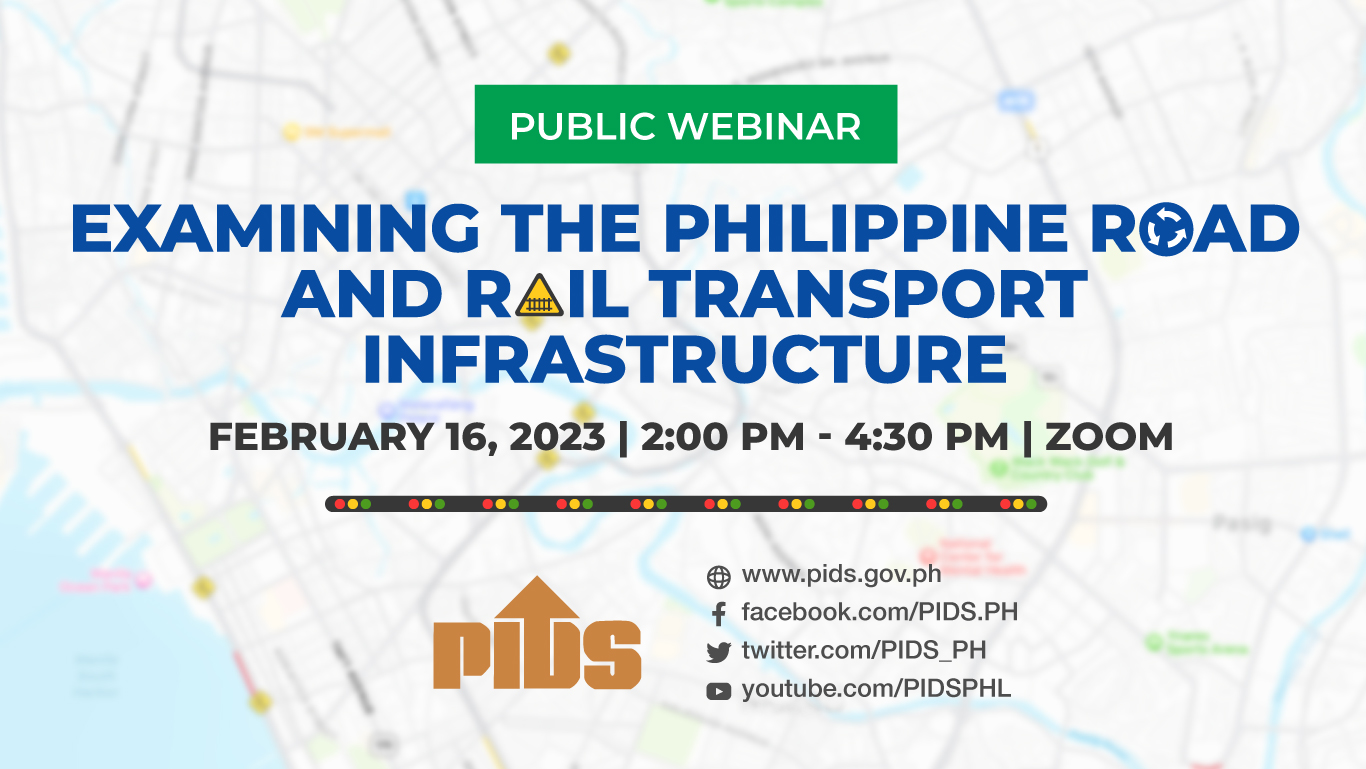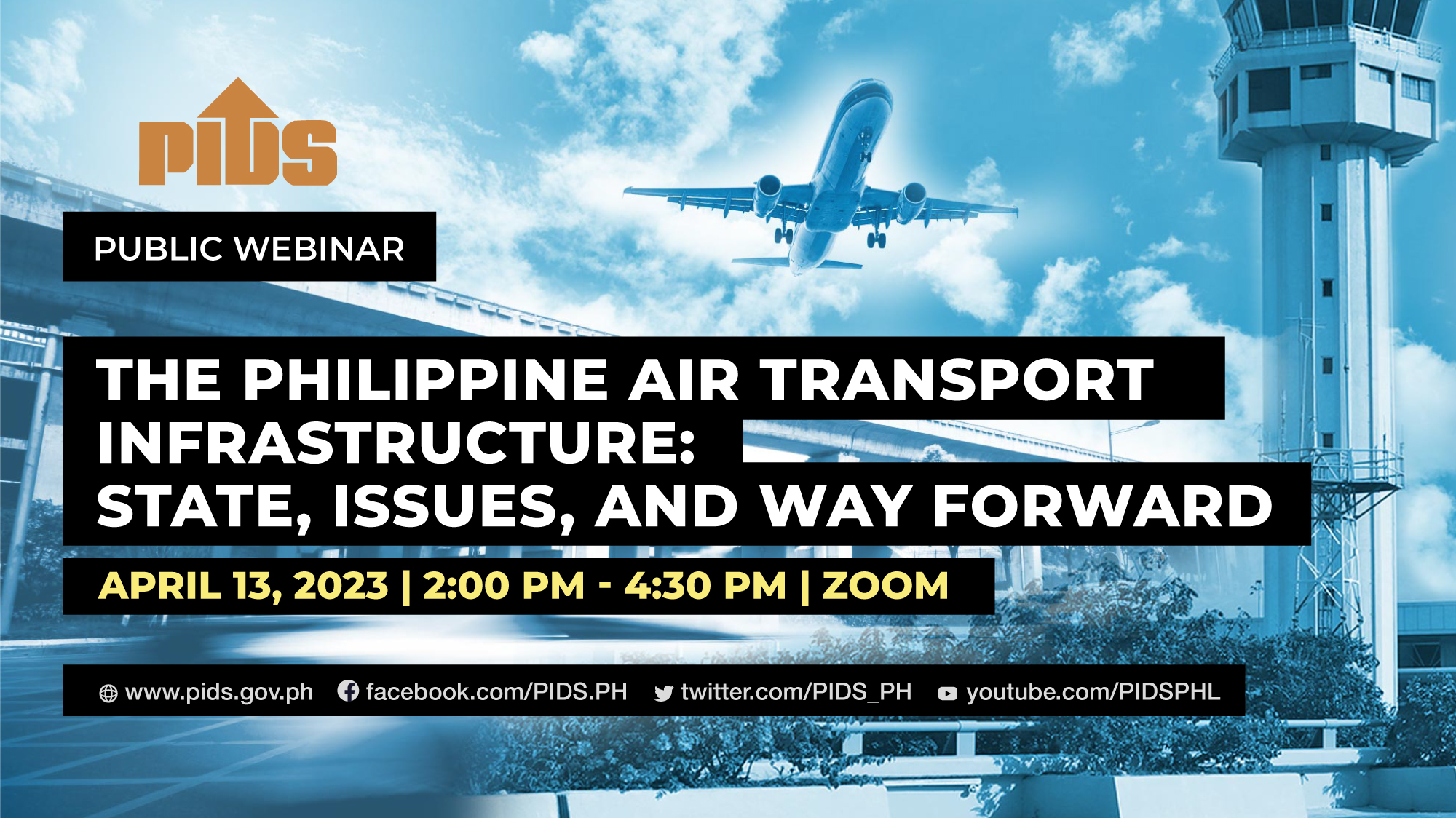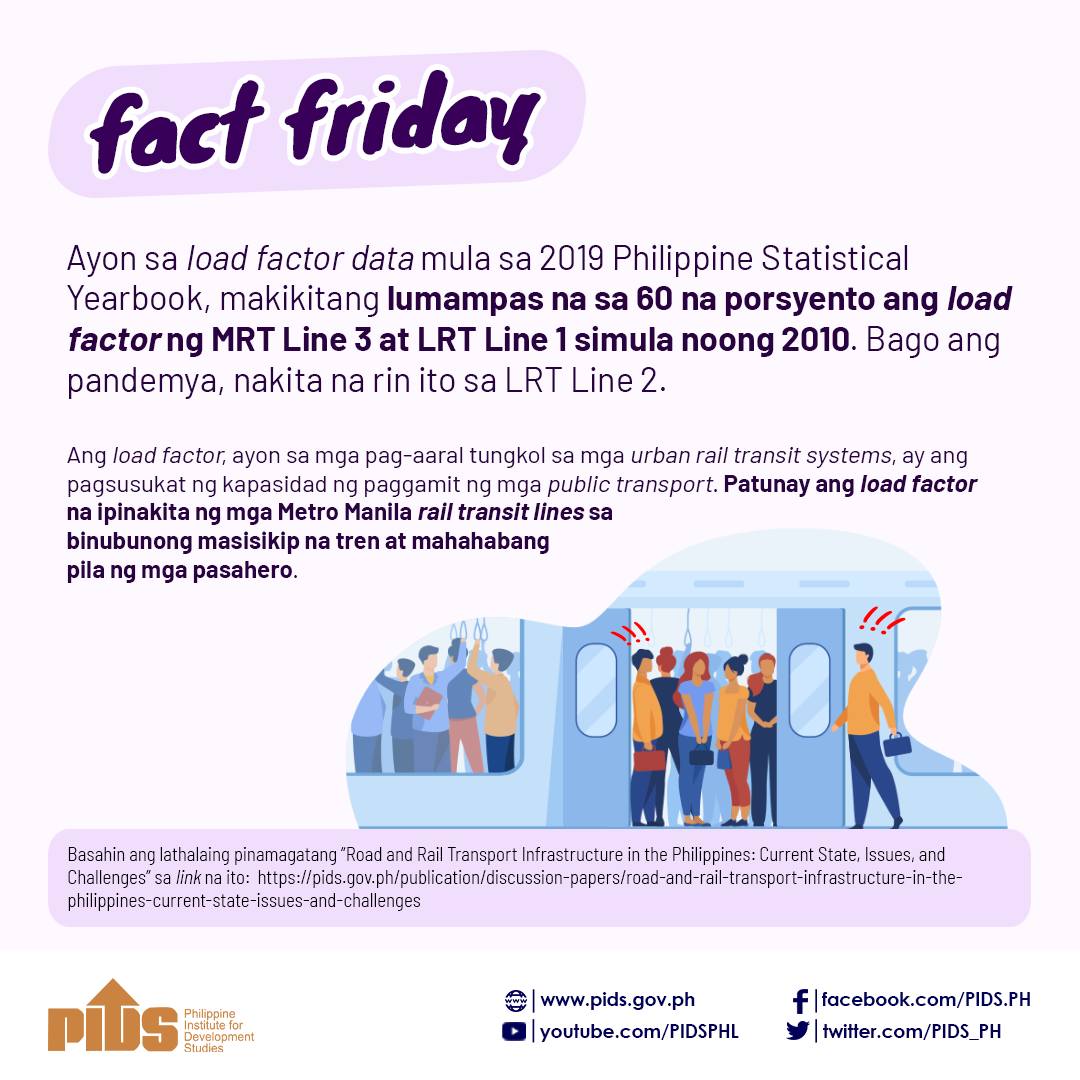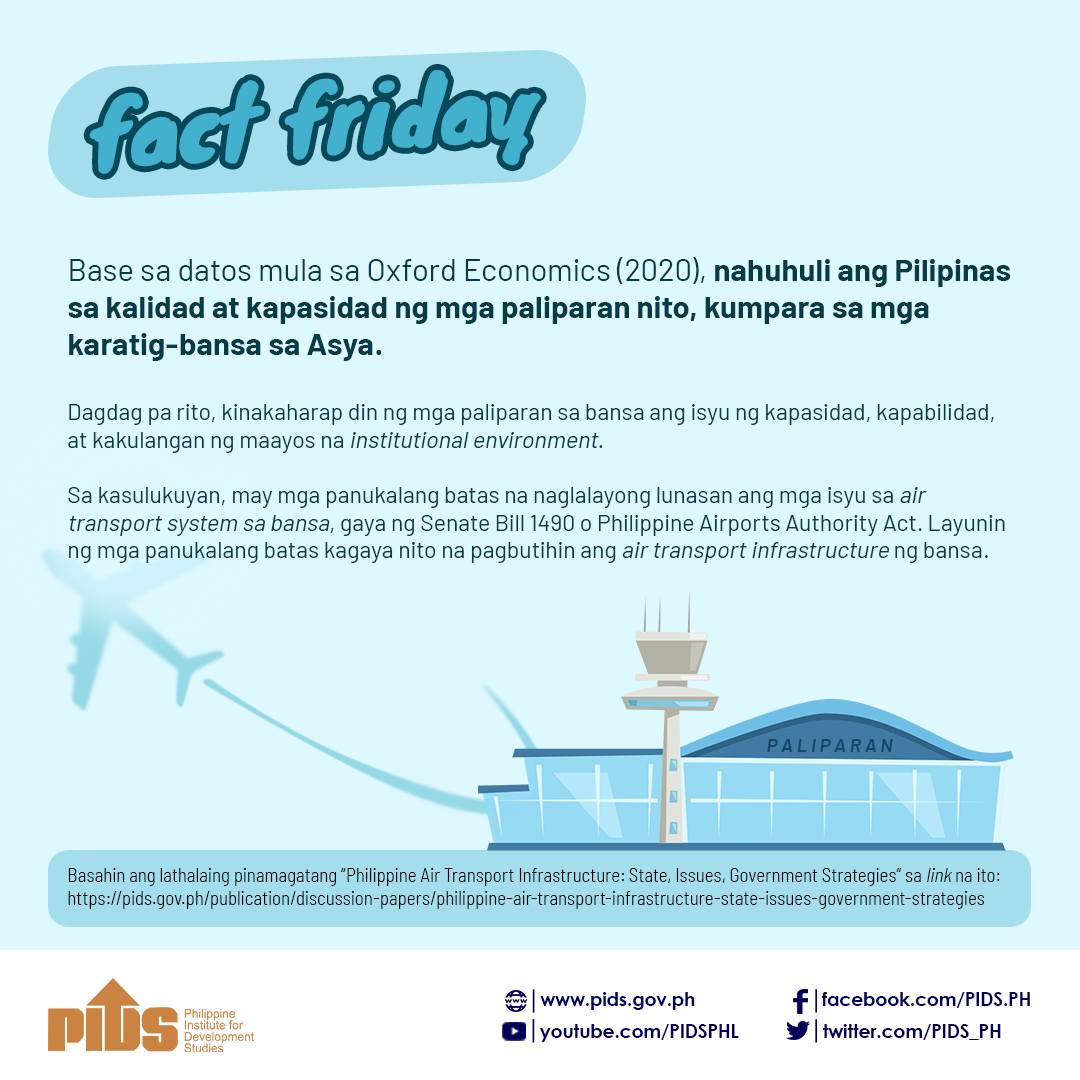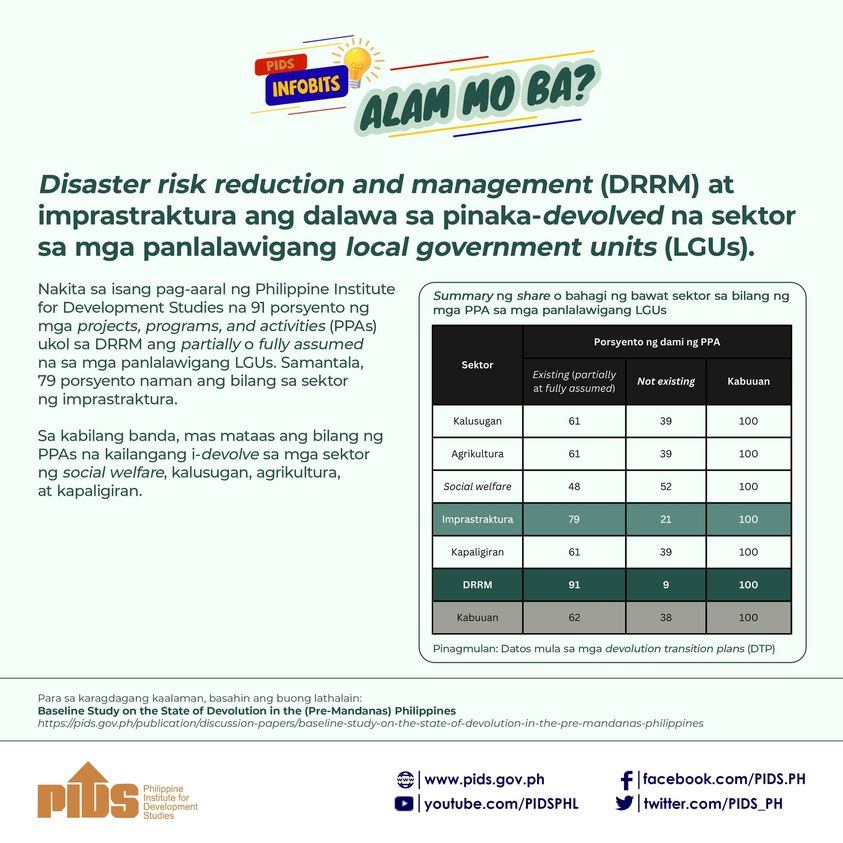Driving in Metro Manila, especially during rush hour, is not for the faint of heart or the mentally unstable, and especially not for gun-toting motorists who may easily blow their top over the slightest inconvenience.
Has it improved under the Marcos administration? I don’t feel it. Traffic is still as horrendous as ever, although the presence of zipper lanes in the morning somewhat aids hapless motorists like me. Poor driving practices of some Filipino drivers don’t help, too.
It’s every man for himself in Metro Manila’s roads and even in the narrowest and darkest nooks and crannies. Everyone is in a hurry and rushing anxiously and some don’t hesitate to violate even the most basic rules – abruptly cutting other drivers, rudely appearing in front of you out of nowhere and changing lanes without a care in the world.
But the Oscars for the Rudest and Most Entitled Road User goes to those who ply our roads with wang wang and convoys and police escorts, like kings and queens or emperors with no clothes – as if they own our roads and lanes; as if they’re the only ones paying road taxes; or as if their time is more important than yours or mine.
Every now and then, such a convoy cuts through my lane or another just to get ahead – shamelessly and with impunity. How happy they must be when they get ahead because of their escorts, leaving the rest of us behind. It’s a perfect metaphor to describe this nation of 114 million.
And yet despite the challenges I encounter when plying our roads, I am well aware that my travails are no match to my fellow Filipinos who take public transportation.
Our mass transport system – if you can call it as such – after all is not the most convenient system to use – from MRT to LRT to the outdated and smoke-belching jeepneys to public buses, which almost always give commuters a dizzying ride that not even anti-nausea chewable tablets can address.
Unacceptable
It’s a busy Monday morning as I write this and the reason I braved the rush hour traffic hours ago is to attend a forum on infrastructure. It’s no coincidence; I was eager to listen to Transportation Secretary Jaime “JJB” Bautista discuss the administration’s plans to improve road infrastructure in the country.
At the forum, titled “Powering the Economy Through Infrastructure Development” organized by the Economic Journalists Association of the Philippines, Sec. Bautista said “the status quo in the country’s transport sector is unacceptable.”
It’s a relief that our transport chief is well aware of this and not in denial of the situation. It’s also comforting to hear that there are several infrastructure projects lined up by the government to help ease traffic congestion in Metro Manila.
The bad news is that, as Sec. Jimmy said, it is going to take time for these projects to be felt. One such big-ticket project is the Metro Manila Subway Project, which the administration is eyeing to commence for partial operations before the end of President Marcos’ term in 2028.
It’s touted as the “Project of the Century,” this subway. Work is picking up speed as the government has brought in more boring machines, Sec. Jimmy said.
The current boring machine is scheduled to reach Quirino Avenue from Valenzuela by the end of the year while two more tunnel boring machines to be used to bore a tunnel from Metrowalk to Shaw Boulevard are also set to arrive.
He hopes that by February, there will already be six boring machines that would speed up the work for the project.
The 33-kilometer Metro Manila Subway will start from Valenzuela and go through Quezon City, Pasig, Makati and all the way to Ninoy Aquino International Airport Terminal 3 and Bicutan. From there, the subway will connect to the North South Commuter Railway and reach all the way to Calamba in Laguna.
There are also point-to-point buses from Antipolo to Ayala; Fairview to Ayala; Ortigas to Ayala, etc. which are helping ease traffic congestion in the metropolis. More bus and more routes will be added, the transport chief also said.
Infrastructure and development
These and more projects are what Filipinos can look forward to, especially motorists and the commuting public.
As Philippine Institute for Development Studies (PIDS) research fellow Dr. Kris Francisco said at the same forum, infrastructure is central to a country’s development as it increases mobility of goods and services within and outside of the country; facilitates trade and tourism; links markets and economies together and allows for the exchange of knowledge and technology.
The archipelagic nature of our country requires an efficient transport system, she added.
Against this backdrop, it’s good that the latest Philippine Development Plan acknowledges a sustainable, resilient, integrated and modern infrastructure as the bedrock of an enabling economy for the country, Dr. Francisco also said.
One issue she pointed out though is the lack of institutional structure that allows for integrated planning for multi-modal transport within the country.
Indeed, having critical infrastructure including new airports is important to improve the quality of life of Filipinos. We needed these projects yesterday.
Let’s not console ourselves that heavy traffic is a sign of a developing economy. It’s a convenient excuse. Some of the world’s most developed nations after all have good infrastructure, including an efficient mass transportation system and yet their citizens are not stuck for hours on end in traffic jams.

